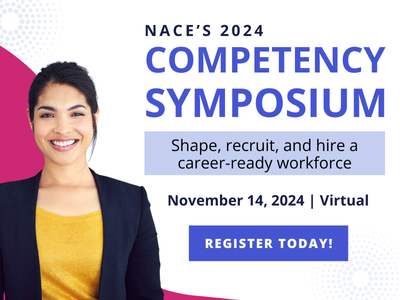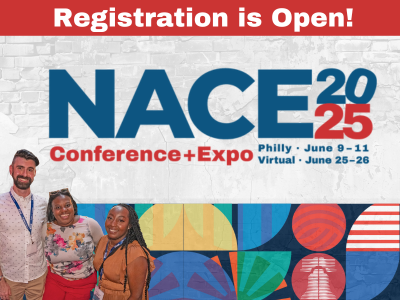Career centers hold a unique place in the university student experience. We provide a bridge from college to career, helping students realize their potential. There’s no doubting the importance of the difference we make to so many. Yet, there’s an assumption among many of us that our existence on college campuses is a given. After all, who would get rid of such a vital resource?
Many student-focused resources are vital to campus, but most resources cannot exist simply on the belief that “we’re important.” I believe instead that our centers need to be woven into those elements that define the student experience. This weaving starts with the first-year experience, and depending on our student populations, continues through to postdocs and alumni.
When career centers are built on the assumption that we are an experience that happens later in college or independent of the institution following college or as a triage center that exists to find employment, we almost guarantee that we can be removed, replaced, or done as an adjunct function of a related campus unit.
I learned the lesson of integrating career services into the student experience when budgets were tightening and the ask in essence was whether professional staff could be reclassified to a role that was less expensive. Over the years, this questioning of value has taken several forms during my career including whether the career center is formally written into the institution’s priorities and if the function could be done by an external placement agency.
I share these examples to be instructive—think about the infrastructure that we create when we develop collaborations, joint programming, and messaging to core stakeholders such as alumni and parents. It’s much easier to argue for our existence when we are part of a community where multiple voices speak to our value. Also, our voices are stronger when they are combined.
When I began my current role three years ago, I told our team that we need to become a valued campus resource. Trust me, this is not a compelling call to action—it’s not new, innovative, or disruptive. If anything, it’s obvious, relies on building systems from existing resources, and often involves working within long-held expectations of what career development is on college campuses.
There is, however, a logic to being a valued campus resource. We see the value we have as we witness the value that others place in the work that we do. We see this when we become engrained in orienting, educating, and graduating students. We see this when we are part of the process that strengths alumni affiliation with their alma maters. We see this also when we make the question of our place in higher ed institutions a question that makes no sense.
So, as career center leaders look across our campuses, I have a simple question to ask you—do you see your area as integral to your campus? If you’re not sure think of this: If your center was a thread in the fabric of the campus and it was pulled from the fabric, would it come out easily or would it be nearly impossible to pull out?






